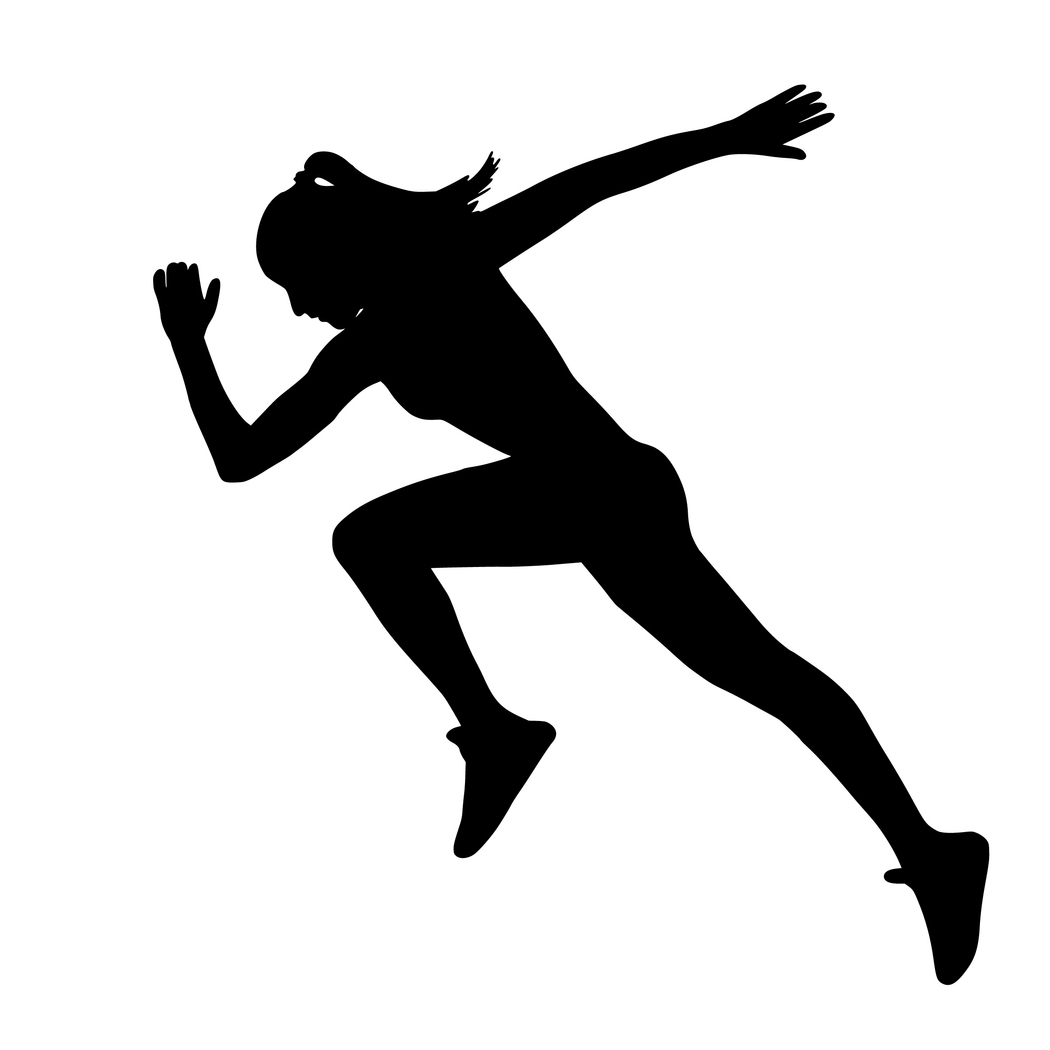A moderate to high daily activity level is often associated with good health and reduced risk of diseases. Athletes, in general, are considered fit and healthy but the new study reveals Finnish athletes are highly susceptible to menstrual dysfunction as compared to non-athletes. However, athletes don’t experience that weight-related dissatisfaction that all other people may have.
The complete study findings are published in the journal “Scandinavian Journal of Medicine & Science in Sports (2020).”
This study was conducted by a research team from the Faculty of Sport and Health Sciences at the University of Jyväskylä, Finland. It analyzed the data obtained from athletes with memberships at local sports clubs who spend at least four days a week in training. For the control group, it added data from non-athlete people.
This data was obtained from the “Finnish Health Promoting Sports Club (FHPSC)” cohort study, which analyzed the teenage athletic and non-athletic people followed up till adulthood.
Also read- Adults With Down Syndrome have a Higher Likelihood of Dying from COVID-19
Based on the results of this study, it was clear that 18% of the athletes as well as non-athletes were suffering from menstrual dysfunction.
But 8% of athletes confirmed having primary amenorrhea (a medical condition where menses don’t start till 15 years age). On the other side, none of the non-athletes reported this amenorrhea. During adulthood, nearly 39% of the athletes experienced menstrual dysfunction and only 6% of the non-athletes experienced it.
Note that menstrual dysfunction was considered as primary amenorrhea (absence of menses), longer menstrual cycle, or missing three menses cycle in a row, also called secondary amenorrhea.
The research team didn’t go into finding the reason for menstrual dysfunction in athletes and how it affects their professional training and performance. However, the information from previous studies reveals that energy available for the body is involved in it. when there less energy available as compared to the exercise or working out routine, the body suffers from menstrual dysfunction.
The human body operates wisely and it decides where to use this energy which meets the best interest of it. So it gradually reduces the energy which is allocated for such functions which are not extremely important for survival for example the human reproductive system.
Also read- Pfizer Still Hopes for COVID-19 Vaccine By the End of 2020
Another part of this study was the weight-related dissatisfaction in athletes and non-athletes. The study data showed that athletes were somehow satisfied and happy with their weight and had little desired to lose it. on the other side, non-athletes were dissatisfied with their weight and wanted to lose it. Nearly 40% of the non-athletes confirmed that they are not happy with their body weight.
This dissatisfaction with the bodyweight may invite more health problems such as eating disorders in an attempt to lose weight. weight dissatisfaction is not something that should be ignored. If it is not treated well, there are high chances for it to cause multiple health problems in the future such as eating disorders, low bone density, low mineral density. All of this can lead to reduced energy availability for the body hence causing menstrual dysfunction.


